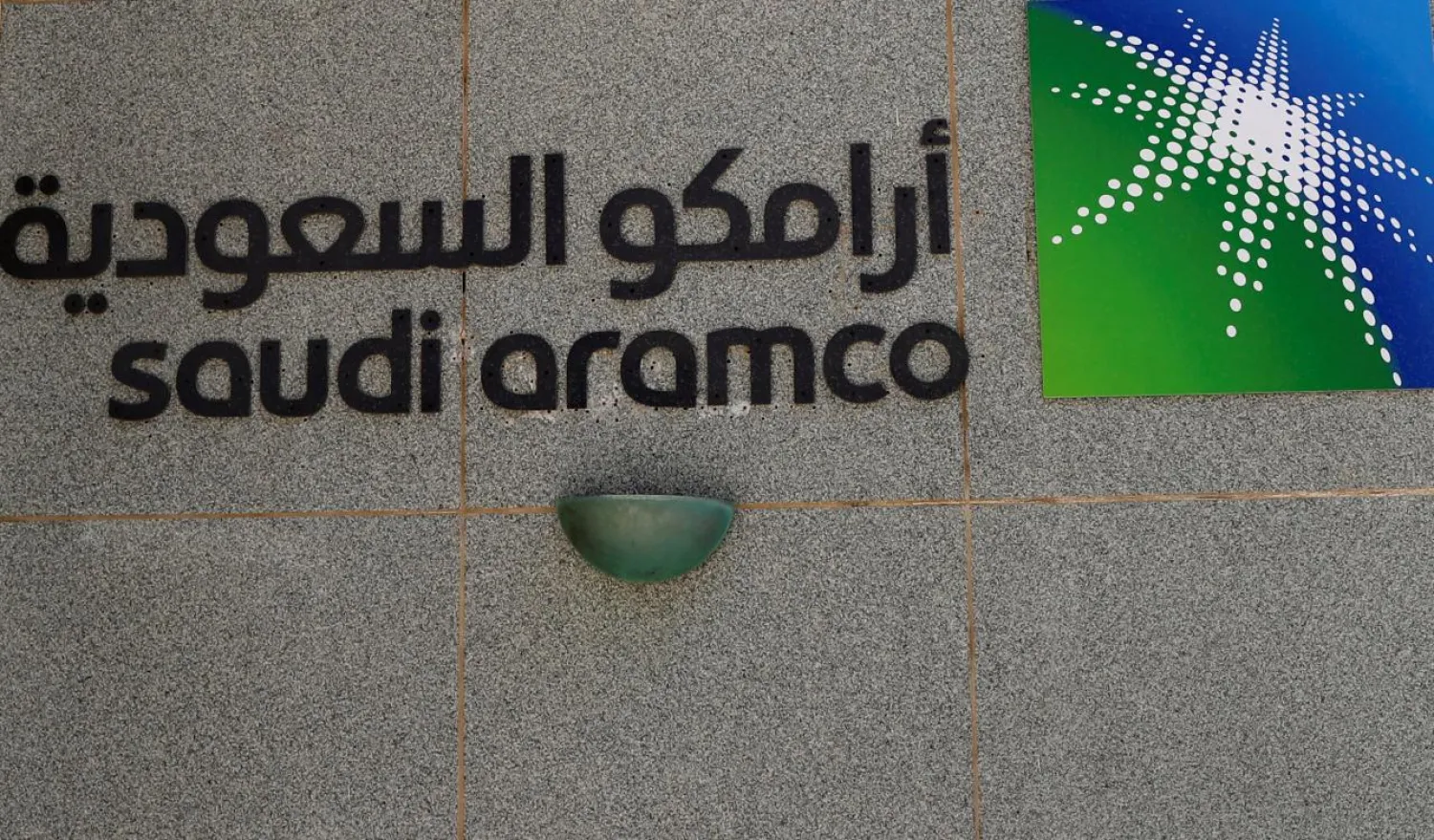Saudi Aramco signed on Monday 16 contracts to maintain and operate facilities in its community facilities with seven companies over the next 10 years.
The company signed contracts with Al-Yamama Company for Trading and Contracting; Arabian Fal Holding Company; Abdulwahab Mansour Al-Moallam Sons Company; Rezayat Company Ltd; Al-Tamimi Global Company for Services and Maintenance; SRACO Company; and Nesma and Partners Contracting Company Ltd.
“The contracts are in line with Saudi Aramco’s continuous efforts to develop its community facilities and increase their efficiency while maintaining the highest safety standards,” said Saudi Aramco Community Services Vice President Mohammed Al-Shammary.
“In addition, the contracts will create job opportunities for Saudi graduates of the National Training Center for Facilities and Hospitality Management (FHM) that was co-established by Saudi Aramco,” he added.
The FHM was established by Saudi Aramco in partnership with the Saudi Technical and Vocational Training Corporation and the Saudi Commission for Tourism and National Heritage in 2017.
It invests in the potential of the hospitality management sector to provide employment opportunities for national cadres through offering internationally accredited training programs.
“These contracts are beginning to fulfill their commitment to provide the best services in various standards,” added Shammary.







